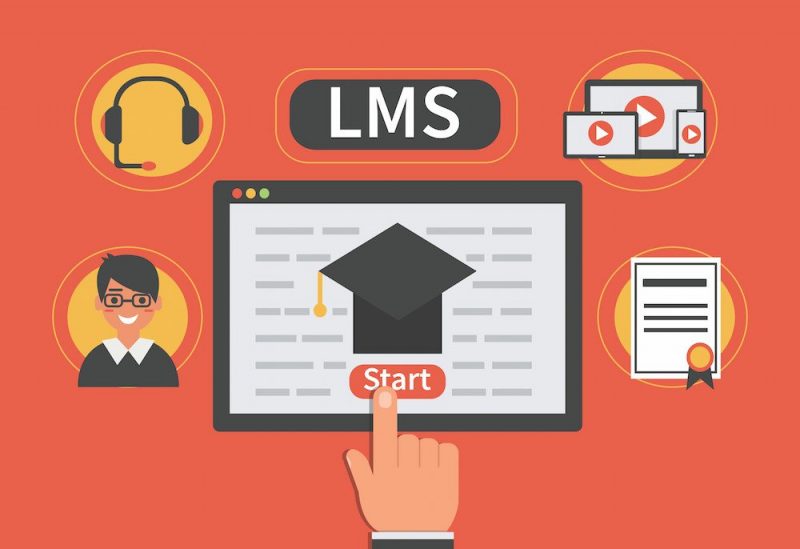There’s nothing quite as heartbreaking as assuming that your course is ready for launch, only to find out that errors and bugs are standing between the learners and the information they need. Whether you programmed your digital learning in-house or you hired a digital learning vendor, you’ll need more than fanfare to make sure your launch brings learners the training they need. Follow these tips to make sure it all goes smoothly on your LMS:
- Know Your Compatibility
Understanding the formats your LMS supports goes a long way in saving you from frustration come launch day. Whether you utilized SCORM, TinCan, or another format to package your digital learning, make sure that you’ve understood the limitations and rules surrounding that format. Each has advantages and disadvantages, but the important thing is that you’ve designed the course with compatibility in mind so publishing goes off without a hitch.
If you’re ready to get started with a project, tell us about it here.
- Know Your Limits
Don’t get stuck with a course that can’t really be uploaded. Know what file types and sizes are accepted by your LMS. You might have 40 hours of webinar footage you want to make available to your learners, but if your LMS can’t support that file size, you’ll need to come up with alternative delivery methods. Get to know your LMS so you’re not producing learning that is too big or created in the wrong file format.
- Know Your Bugs
Before your launch, you need to pretest, pretest, and pretest again. And then, test, test, test to make sure that the packaged training the learner receives is as functional as possible. Launching learning only to have it disrupted by bugs, missing content, or errors is a surefire way to decrease user engagement and really affect the overall learner experience. Don’t launch until you know–for sure–everything works the way it should.
- Know Your Audience
Not all of your learners require the same content–but some do. Grouping your learners in different profiles based on their job descriptions and background helps you make the most of your LMS. Utilize your LMS to create profiles and groups for cross-departmental learning opportunities and that way, the right learning finds the right audience.
- Know Your Learning Path
In the end, what do you want your learner to get out of their experience? Supplement your LMS with other materials and “wrap” the content before, during, and after the program for something that is complete and memorable. Starting the module with a TED talk, for instance, and then referencing the learning during and after the training helps to connect the information in your learners’ minds. Adding context and support strengthens those connections to give your LMS the most powerful delivery.
Don’t let bugs and disconnected learning undermine your efforts. Work with your LMS and its capabilities to launch something spectacular–or at least super functional.






